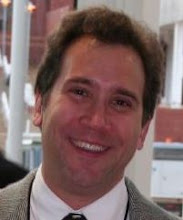A recent article in Diverse Education Issues in Higher Education presents a study of executives from Fortune 1000 companies whose focus is STEM (Science, Technology, Engineering, and Mathematics). These executives said that "A shortage in STEM workers is threatening to push the United States from its global leadership position as a key innovator in these fields." That's not news to those of us teaching computing. What's more interesting is that the study goes on to make teaching recommendations. "Nearly all the executives surveyed say the best way for students to learn science is through a hands-on approach." Dr. Mae Jemison, the first Black woman in space, is quoted in the article saying that kids inherently like science, but in school, "it’s drilled out of us because we don’t teach science in exploratory way."
That last recommendation is a challenge to computing educators. How do we teach computing in an "exploratory way"? Computing is mostly taught as a synthetic skill--we build things. We test the things we build, so there's an experimental component to it, but rarely do we "explore" in our classes. There's certainly evidence that that "exploratory" approach to computing is an important job skill. Beth Simon and Andy Begel's recent series of papers on their study of new hires at Microsoft show that the first year of work is mostly spent understanding existing code, not writing new code.
Therein lies a challenge for engaging CS students. How do we teach exploration skills? How do we help students to build on their inherent interest (as Mae Jemison claims) in how the world works, to helping them understand how computing works?
Sunday, September 28, 2008
Subscribe to:
Post Comments (Atom)

No comments:
Post a Comment